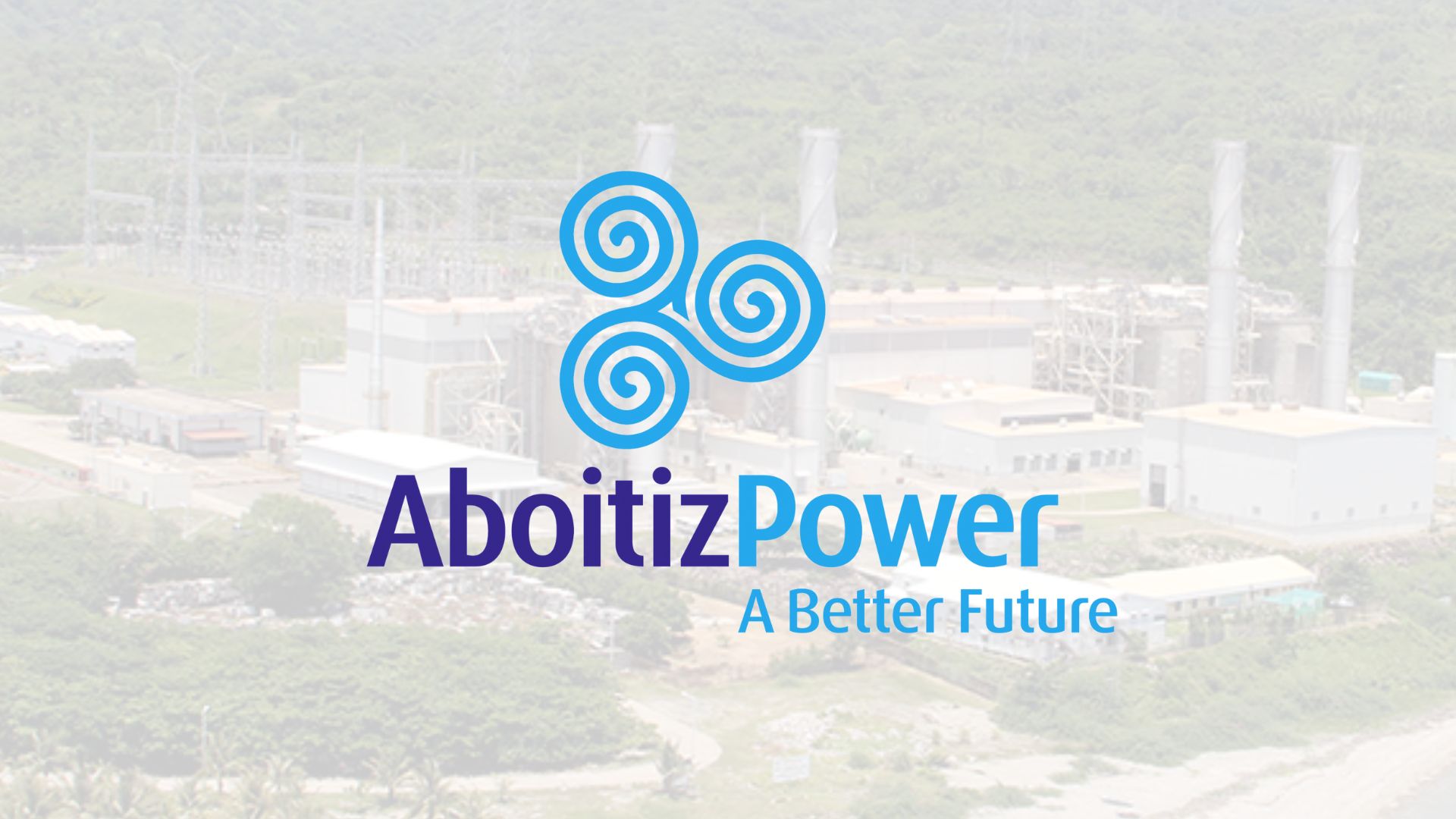AboitizPower: LNG to complement RE in maintaining stable supply
- March 5, 2024
- 0

Aboitiz Power Corporation believes that liquefied natural gas (LNG), as a transition fuel, will complement solar and wind power generation, which can help maintain stable supply in the power system.
“We are pleased to continue to diversify our generation portfolio and increase our capability in the delivery of energy security in the Philippines through a minority share in the first integrated
LNG facility in the country. Its importance in keeping the lights on cannot be understated,” said AboitizPower President and CEO Emannuel Rubio.
This came after Aboitiz Power announced plans to acquire a minority stake in the country’s largest liquefied natural gas (LNG) facility, aiming to contribute 2,500 megawatts (MW) through a new 1,320 MW combined cycle power facility and the 1,200 MW capacity of the Ilijan Power Station.
Rubio added that LNG, as a transition fuel, would support the volatility of wind and solar power generation and would further ensure the balance of the entire power system.
“In that sense, this investment will support AboitizPower’s growth strategy of adding 3,700 megawatts (MW) of new renewable energy capacity on the way to a balanced portfolio of 4,600 MW each between its thermal and renewable assets,” Rubio said.
Under the provisions of the clean energy agenda of the Philippine Energy Plan, 50% of the overall generation would emanate from renewable energy (RE) while LNG would take up 26% by 2040.
Gas-to-power generation is considered an optimal match to RE, particularly if the goal is to secure the stability of the grid as well as reinforce energy security. LNG-powered turbines could control the quantity of electricity they generate to supplement the organic irregularities of RE.
Natural gas-to-power facilities would also aid the economic expansion of the country. As per the Department of Energy (DOE), it anticipates a year-on-year 6.6% increase from 2020 to 2040, and the 2,500 MW contribution of the energy firm would be crucial to support the increment.